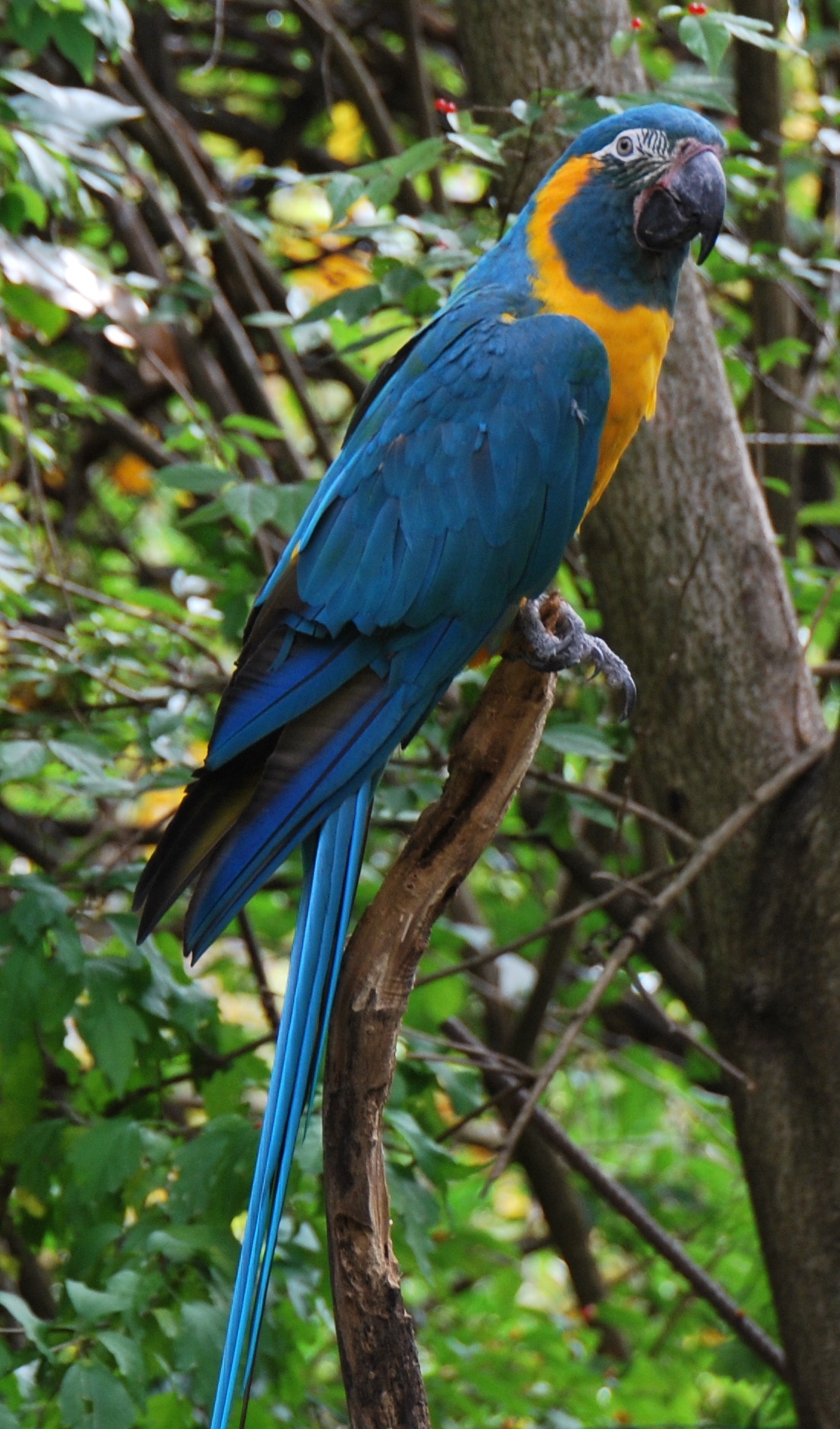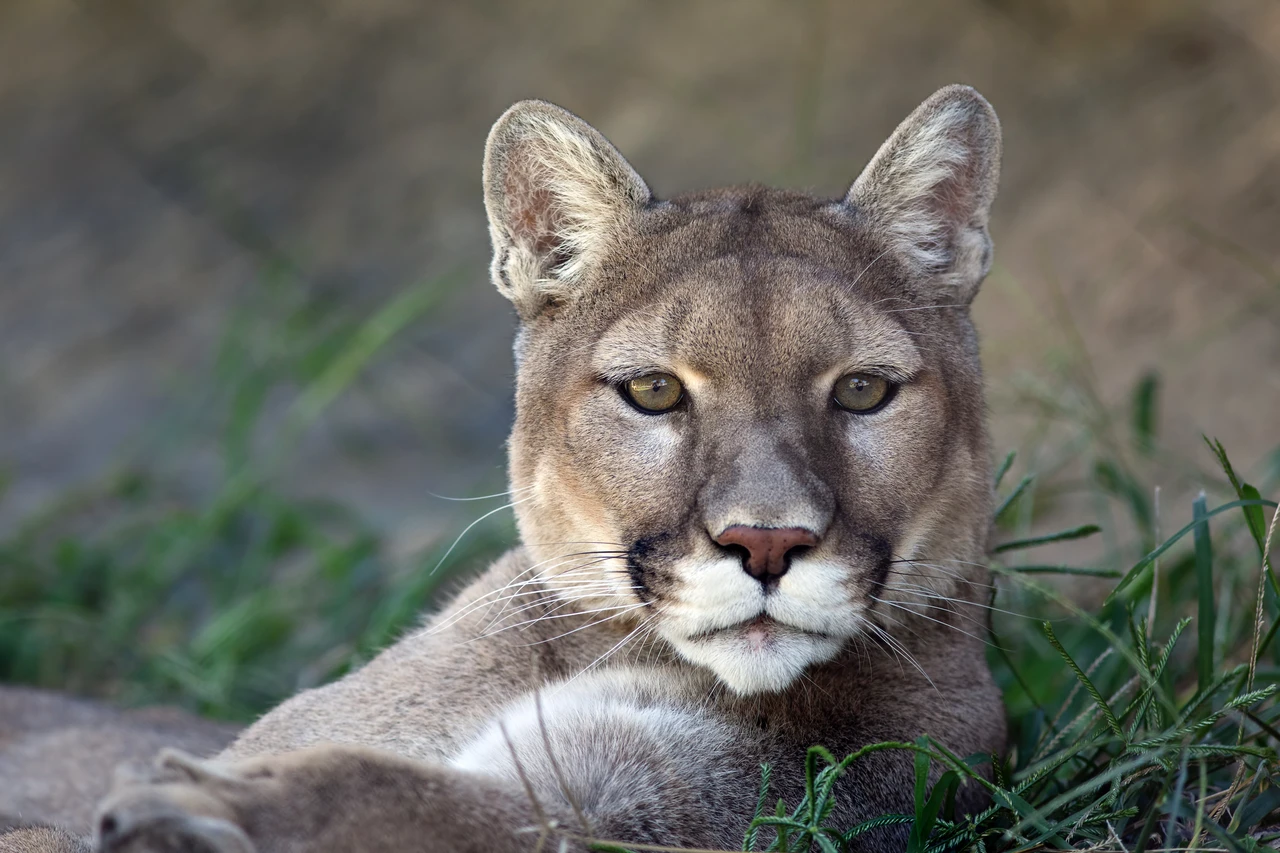Beni Savanna
The ecoregion’s land area is provided in units of 1,000 hectares. The conservation target is the Global Safety Net (GSN1) area for the given ecoregion. The protection level indicates the percentage of the GSN goal that is currently protected on a scale of 0-10. N/A means data is not available at this time.
Bioregion: Western Amazonian Forests & Plains (NT18)
Realm: Southern America
Ecoregion Size (1000 ha):
12,634
Ecoregion ID:
565
Conservation Target:
79%
Protection Level:
5
States: Bolivia, Brazil
The blue-throated macaw is endemic to the Beni Savannas ecoregion. The upper parts of this majestic macaw are turquoise blue and the underparts bright yellow, with a light blue cheek and throat from which it gets its name. They are generally found in monogamous pairs but have been reported to roost in groups of up to 70 members, offering a colorful spectacle.

The flagship species of the Beni Savanna ecoregion is the blue-throated macaw. Image credit: Creative Commons
Unlike other species of macaws that feed primarily on seeds and nuts, the blue-throated macaw feed on the fruits of Attalea and Acrocomia palms among the “islands” of forest rising up from the flooded savanna-like tall archipelagos. Changes in the availability and distribution of these palms can impact the species dramatically.
The Beni Savannas are the 3rd largest complex of savannas in South America. The Beni Savannas are located in the lowlands of the southwestern Amazon basin, extending northeast from the foot of the Andean ranges. Almost all of the ecoregion lies within Bolivia, with small areas along the Iténez River passing through Brazil, and also in the Pampas del Heath grassland region within Peru. The plains lie between 130–235m in elevation. They consist of pockets of humid seasonal forest surrounded by seasonal savanna.

The Beni River in Bolivia resembles a blue ribbon as it meanders toward the Amazon River. Scattered along the river are numerous oxbow lakes, which are curved bodies of water that form when a meander from the main stem of a river is cut off, creating a freestanding body of water. Dark green colors in the image indicate forest and lighter green shades indicate grassland or sparse forest. Image courtesy of USGS.
The rivers flood the plains each year during the humid season between December and May as a result of high rainfall and snowmelt in the Andes. The flooding covers 50–60% of the land for a period of 4–10 months. An estimated 1,500 vascular plant species are found in these savannas, few of which are endemic. The landscape is dominated by sedges and grasses such as bent spikerush, southern cutgrass, Peruvian watergrass, and brook crowngrass.
In shallow flooded areas, tree cover is limited and 4–7 m tall, with common species such as silver and pink trumpet trees. In better drained areas, grugru palm, tigerwood, Tabebuia ochracea, and Acacia albicorticata are characteristic.
A total of 509 species of bird have been recorded in the ecoregion. Restricted range species include white-bellied nothura, southern screamer, crowned solitary eagle, and blue-throated macaw. Reptiles, amphibians, and fish are important elements of the savannas, wetlands, lakes, and rivers.

Black caiman
Notable species include black caiman, river turtle, anacondas, giant rococo toads, spot-legged poison frog, and marsh frog. Preliminary studies at the Beni biological station have indicated a high diversity of frog and toad species that is exceptional for a Neotropical savanna. Over 325 fish species are found in the area, as well as 146 species of mammals. This includes boto river dolphin, marsh deer, maned wolf, puma, jaguar, jaguarundis, seasonal primate species, and various rodent and bat species.

Puma. Image credit: Creative Commons
Beni savannas and wetland areas are poorly represented in Bolivia’s protected areas system. Alto Madidi National Park contains some savanna landscape, and Manuripi-Heath National Amazonian Reserve has several pockets of savanna habitat. The Beni Biological Station includes flat lowlands but little actual savanna.
A large portion of the southern savannas and wetlands are located with the Multi-ethnic Indigenous Territory and Isiboro-Sécure Indigenous Territory/National Park. Land tenure and management issues in these have made confidence in protection uncertain. In Peru, all of the Pampas del Heath are protected by Bahuaja Sonene National Park.

Marsh deer. Image credit: Creative Commons
Much of the Beni savannas experiences extensive grazing pressure by cattle and intense seasonal burning for forage maintenance, particularly in the central and southern areas. Irrigation of pastures using water from the rivers and draining of wetlands are changing the ecological characteristics of the region. Locals extract the trees from the savanna, such as pink trumpet tree, to use in the construction of corrals and fences for cattle. The road network throughout the area is still under development, but as the human population increases so too do hunting and illegal poaching pressures.
The priority conservation actions for the next decade will be to 1) establish facilities such as an ecoregion center to support outreach, education, and research; 2) regulate burning practices by farmers, and 3) establish more protected areas in Bolivia and implement firm management strategies throughout.
Citations
1. Sears, R. Langstroth, R. 2019. Central South America: Northern Bolivia https://www.worldwildlife.org/ecoregions/nt0702 Accessed January 26, 2019.
2. Daly, D. C., and J. D. Mitchell. 2000. Lowland vegetation of tropical South America. Pages 391-453 in D. L. Lentz (editor), Imperfect Balance: Landscape transformations in the Precolumbian Americas. New York: Columbia University Press.
3. Langstroth, R. 1996. Forest islands in an Amazonian savanna of northeastern Bolivia. Doctoral dissertation, University of Wisconsin. Ann Arbor: UMI.
4. BirdLife International 2018. Ara glaucogularis. The IUCN Red List of Threatened Species 2018: e.T22685542A130868462. http://dx.doi.org/10.2305/IUCN.UK.20182.RLTS.T22685542A130868462.en. Accessed January 26, 2019.



